Learn about our cost-effective, easy-to-install protection against animal and weather-related outages.

Innovation in Data Center Connectivity
Transition to IEC Standards
Powering data centers requires new approaches for increasing energy efficiency and protecting power systems. Our engineers can help you address these challenges for optimal data center performance.
The Transition to IEC Standards
Using the same standards when building data centers makes installation and repairs easier for engineers and more efficient and cost-effective – in the long run – for owners. o This is true because standardization optimizes consistency worldwide by eliminating discrepancies per site. For example, one site might use a 1000kcmil cable while another site could use 750kcmil to help reduce product costs. Also when two sites are operating differently – such as 60MW at site one vs. 30MW at site two – miss opportunities to help reduce overall energy costs.
Following a single body of standards also enables owners to better consult other owners when looking for solutions to performance issues. The standards used for data center power systems are IEEE (Institute of Electrical and Electronics Engineers) and IEC (International Electrotechnical Commission).
In Europe, IEC has been the preferred standard for some time, while in the US, a limited amount of data center owners follows IEC standards because they have traditionally preferred IEEE. To achieve greater efficiencies in data centers worldwide, US operators are beginning to adopt IEC standards so they can operate multiple centers uniformly around the world.
Owners unfamiliar with IEC’s smaller footprint need to understand the benefits of adopting the IEC-compliant components. For example, IEC gear and elbows are about 30% smaller in size than traditional switchgear and rubber goods terminations, giving owners the benefit of saving space when using high density, low profile components.
Across the industry, we are seeing increased interest in smaller sized equipment as equipment moves to outside the data center, enabling owners to require less land and resources like water. In turn, switching to IEC standards helps lower engineering costs as switchgear does not need to meet as many specifications as it does under IEEE standards.
Not only does the MOV and KV ratings need to be examined, but the type of grounding system used also plays a role in selecting surge arresters within the IEC rating.
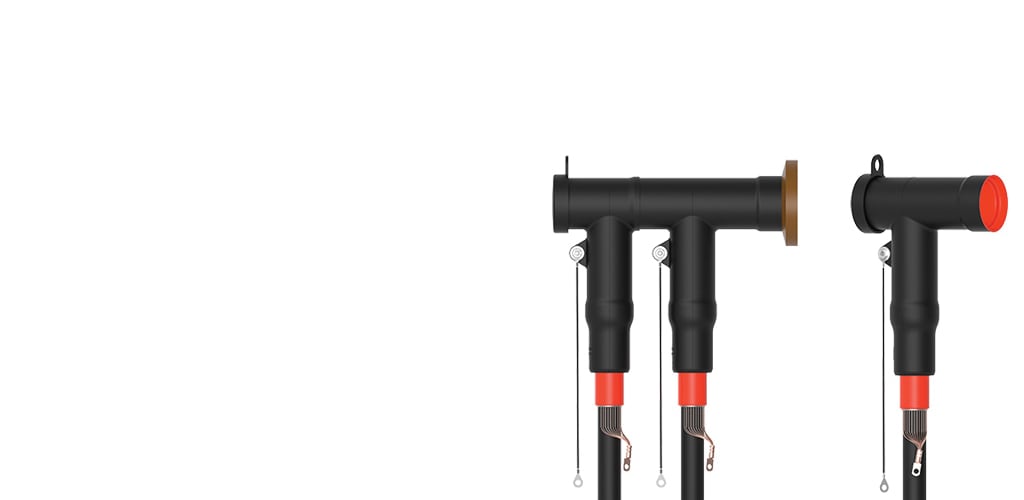
A common problem we see engineers run into involves getting the specification for a gear that can meet IEC standards but not receiving the requested standards from the owner and gear manufacturer. As a result, engineers must put together a report and create documentation that shows that the IEC specification is equal to IEEE and may even exceed IEEE specification.
One area that engineers need to understand involves ratings for surge arresters, which are different for the IEC than IEEE.
Under the IEC, there are less available options and more variables that need to be considered. Typical voltage classes cannot be used for them. Not only does the MOV and KV ratings need to be examined, but the type of grounding system used also plays a role in selecting surge arresters within the IEC rating.
Planning the power system in substations requires choosing the best termination for the facility’s needs, like insulated air, metal-clad gas-insulated terminations, or both. Air-insulated terminations are popular and easy to install but they are also more vulnerable to external environmental impacts. Other data center owners and engineers prefer a T body and rubber elbow termination.
When the two are combined, they can range anywhere from an equal split to 80/20 split between the two types of terminations. The terminations are typically chosen by the owner and engineer’s preference for what is ideal for the data center. Once the termination is decided, gears are selected for what works best for the terminations.
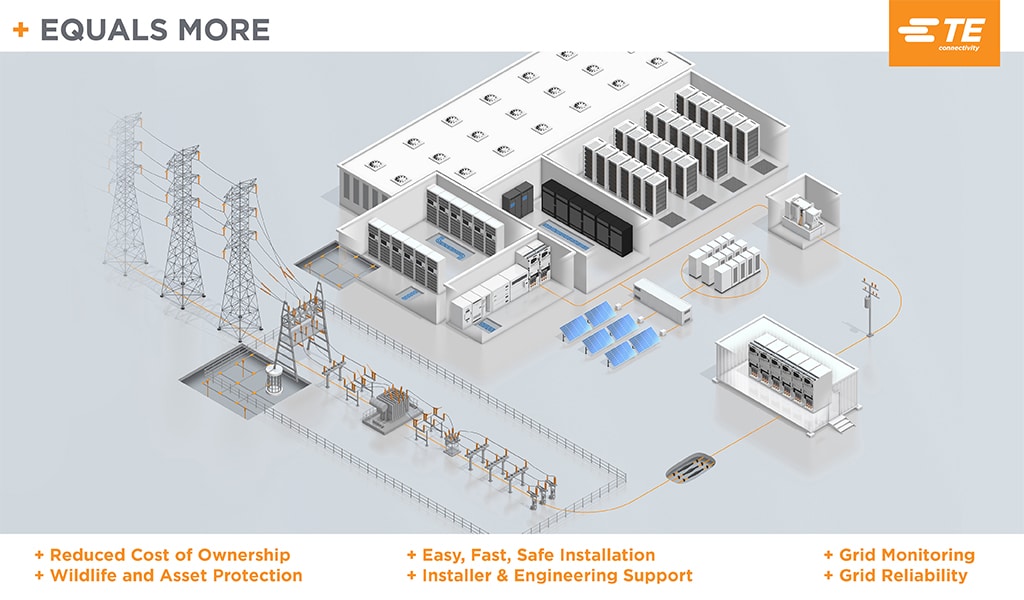
Power connectivity in the data center.
Data Center Trends
Power technology in data centers is still in its discovery phase, with commodity-based grounding systems being most common. These have not been seen in the design phase. The current focus is on power systems outside of the data center, with the hope that power technology moves inside the data center soon. Smart elements new to the U.S. market have long been adopted in Europe, commonly by gear manufacturer promotions. One example is the smart technology used for system monitoring. Incorporating smart components inside data centers is expected to increase in coming years.
The push to develop more environmentally friendly components has started to take place. Data centers require a large amount of land and are often built in rural locations. Adopting renewable energy sources to operate data centers is being explored. Solar and battery energy sources are the most common ecofriendly sources being used. Energy storage is growing in popularity.
An industry trend that in just now talking shape involves building data centers up, rather than out, which takes up less land. Historically, data centers are built two to four stories and then expanded out for the space needed. This enables owners to add between 30 and 40 megawatts per building. Building data centers increases power usage by up to 60 megawatts per building. This trend is expected to grow in coming years.
Eliminating Outage Risks
Reducing outages begins with eliminating the outage risks. Because today’s customers expect access to data 24/7 without interruption, data center operators need insulation and protection solutions that prevent unnecessary outages – which can involve high repair costs, negative publicity, and lost revenue. Effective prevention involves using components that can reliably insulate bare conductors and address phase/phase and phase/ground clearance requirements.
Additionally, these kinds of factory installable or retrofittable insulation solutions include heat shrink tube, tape or insulating barriers, and custom covers, such as squirrel guards and raptor covers in our wildlife asset protection (WAP) portfolio. WAP components are particularly crucial for data centers located in remote areas where they are susceptible to damage from wildlife. When WAP products are properly installed, data center owners can protect exposed live components in the power supply infrastructure, including on the overhead lines and in the substation. Designed to be anti-tracking, our WAP materials UV stable as well as thermally and mechanically stable.
Our products are manufactured to IEC, ASTM and IEEE standards, which enables us to offer solutions can protect for forty years and longer. In addition to our WAP products and Raychem insulation and protection, we manufacture a wide range of power-connectivity components engineered to reduce power outages. These include insulators, lightning arresters, cable accessories including terminations and joints, and connectors and fittings.
Lack of Installers
For US operators, the shift to IEC has made obvious a critical issue: A lack of installers skilled in changing the terminations they use. IEC terminations are designed with a different sized rubber elbow made of silicon rather than EPDM and require a compression lug instead of a shear bolt plug. While this design has raised concerns about IEC terminations being more delicate to work with, this is easily addressed when the components are installed by adequately trained installers.
Because data center owners are frustrated by the lack of skilled equipment installers, they are looking for alternative solutions. Thirty years ago, splicers commonly had fifteen-to-twenty years of field experience installing medium voltage terminations. Today, installers typically have about two years of experience – and in some locations where installers are in short supply, significantly less. This lack impacts deliverables and the longevity of crucial systems, which depends on correct installations. Today, there are as many as 13 approved manufacturers of medium voltage terminations, some without fully accurate terminations. To address this, high-voltage installers are transitioning to medium-voltage terminations.
To address this need, we have developed a series of training programs for installers. Our training program offers a full test loop that involves testing up to the voltage class needed. Our trainers have an average of 20 years of field experience. A certification is used to keep installers up to date with processes and procedures on a case by case basis.
Our training programs go into detail about installing core TE products, including cold shrink and heat shrink terminations, rubber goods such as ELB terminations, and IEC RSTIs. Our portfolio includes core products such cold shrink splicers CSJ, ground rods and clamps for grounding systems, medium voltage and low voltage connectors, low voltage splices, and wildlife asset protection.
Our expertise in data center design, installation practices, and our quality products has enabled us to become a trusted partner in our customer’s success. Our experience helps customers address the issues they commonly face, from planning and design to delivery and installation.
Working with an experienced partner is crucial for long-term success because every delay can lead to tens of thousands of dollars in lost revenue. By working with TE, you gain a partner with the expertise in specifications and design. Together, we can help you reduce downtime between terminations and accelerate your planning stages and application knowledge.
TE Author
Joe Richard, Data Center Business Development Manager, Energy
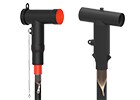
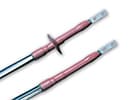
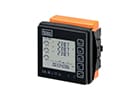

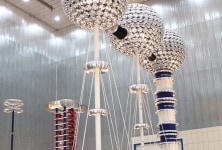 e
e
 e
e
 e
e


